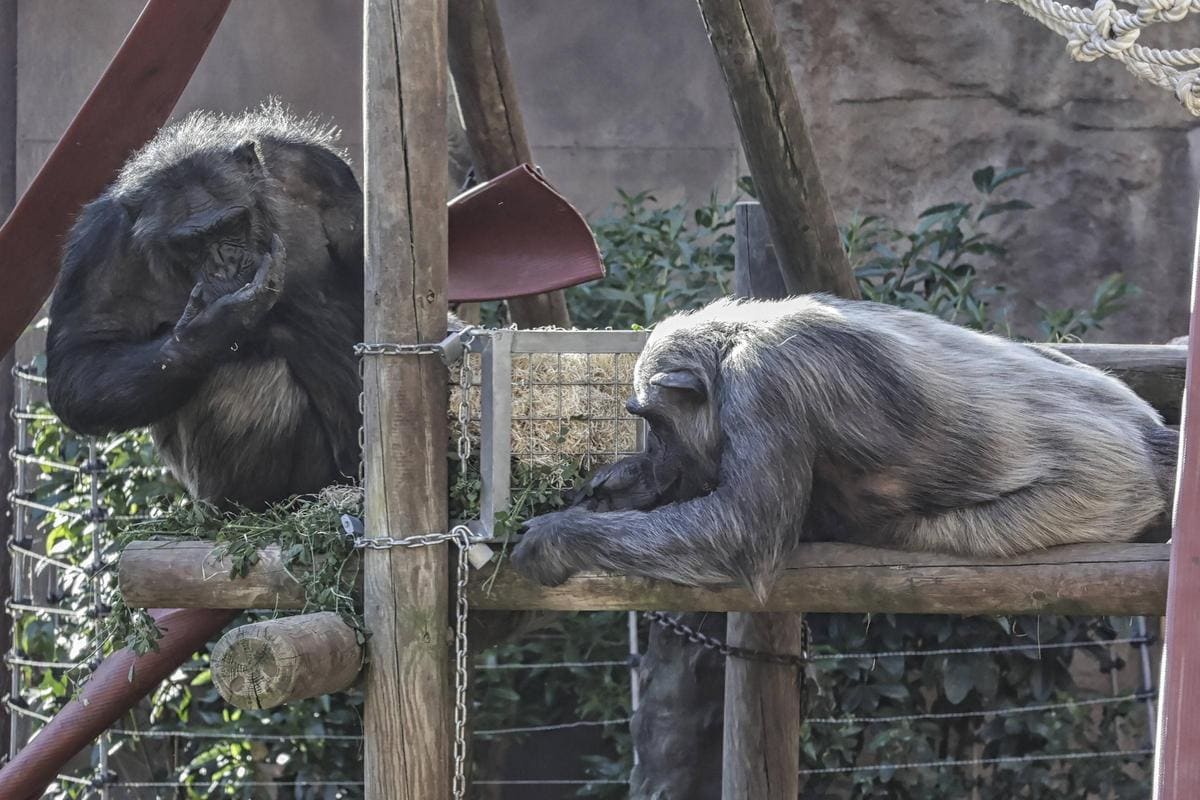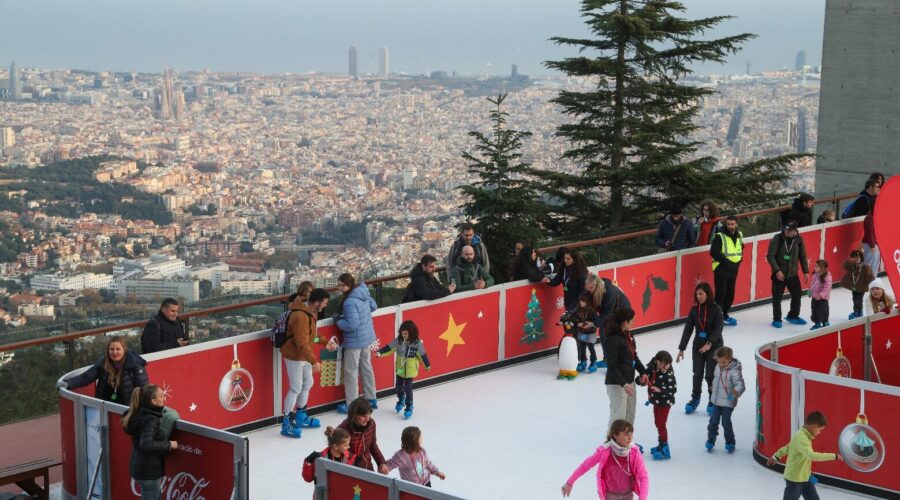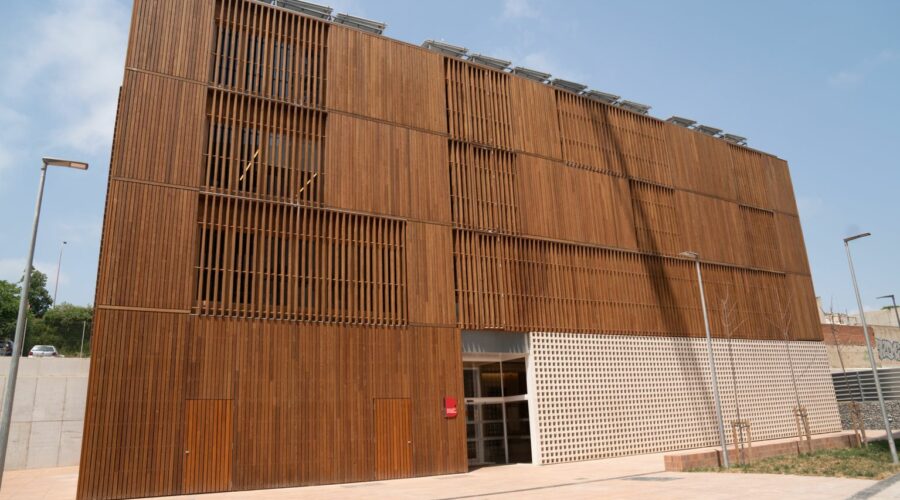In a pioneering initiative, Barcelona Zoo is transforming the way it feeds its more than 200 species, including mammals, birds, reptiles, amphibians and invertebrates.
The change is not only aesthetic, but responds to a scientific approach that seeks to replicate as closely as possible the diet that these animals would have in nature.
The work of caretakers and curators becomes essential in this process, as through meticulous research and a network of knowledge sharing, they have managed to adapt the diets of the various species to suit their specific needs.
This approach goes beyond the mere provision of feed and requires a thorough understanding of each animal’s individual behavior, health and nutritional needs.
Nutrition for Barcelona Zoo animals
In recent years, the Barcelona Zoo has observed that, in the natural diet of some of its inhabitants, there is a greater presence of fiber and fewer sugars and starches compared to traditional diets provided in captivity.
This finding has led to a gradual change in diet, increasing the proportion of vegetables to the detriment of fruits and tubers. The goal is to more closely replicate the wild diet and improve animal health.
Jordi Hernández, head of the Zoo’s Conservation Unit, highlights this change, mentioning that the purchase of vegetables has been increased to better suit the specific needs of each species.
Hernandez indicates that from human food to wild and wild fruits are vegetables.
Currently, the Zoo consumes around 66,000 kg of fruit and 150,000 kg of vegetables per year, all purchased from Mercabarna, at an annual cost of approximately 800,000 euros.
Individualized feeding
One of the most recent innovations in the Zoo’s feeding strategy is the introduction of feeding boxes in the primate area.
Inspired by a visit to London Zoo, curators at Barcelona Zoo have implemented these boxes to present food in a more complex way, thus encouraging natural behaviors.
Iñaki Ezquerro, the Zoo’s primate curator, points out that the installation of these boxes is not only an improvement in diet, but also an opportunity to challenge the animals to forage for food in the same way they would in their natural environment.
He indicates that when loading the box, branches or wood shavings are placed in it so that the animals make an effort to search for food and survive as they would in the natural environment.
This innovative approach to feeding at the Barcelona Zoo highlights the importance of research and constant adaptation to meet the changing needs of species in captivity.




